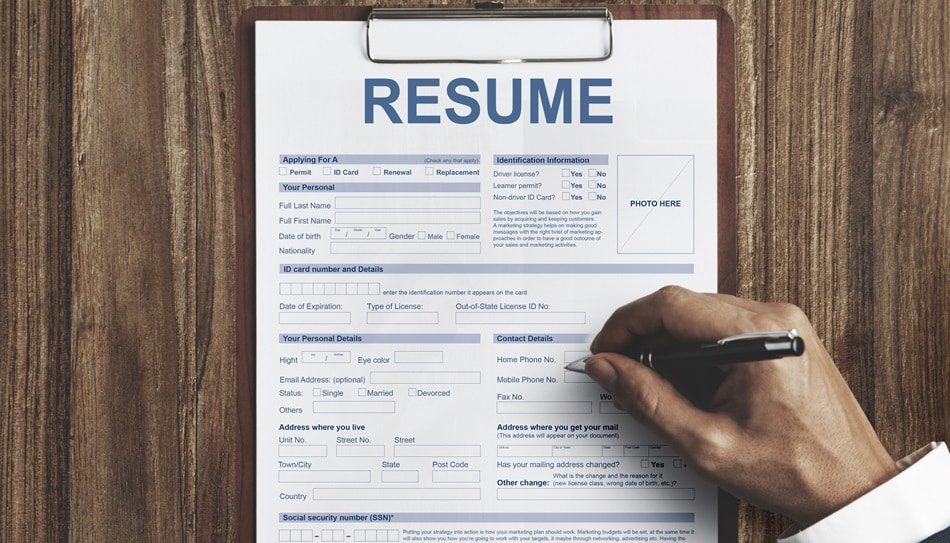In today’s competitive job market, having a great resume is essential. Your resume is your first impression, the document that tells potential employers who you are and what you can bring to the table.
A well-structured and clear resume can make all the difference in getting your dream job. However, knowing things to remove from a resume is just as important as knowing what to include. Here are the key components of a great resume and how to create one.
1. Contact Information
The first thing on your resume should be your contact information. This allows recruiters to easily get in touch with you. Include:
- Full Name: Use the name you commonly go by professionally.
- Phone Number: Make sure it’s active and reachable.
- Email Address: Use a professional email address, such as firstname.lastname@gmail.com.
- Location: Mention your city and state, but there’s no need to include your full address.
- LinkedIn Profile or Portfolio: If relevant, add a link to showcase your work or professional achievements.
Looking for a job? Visit whatjobs.com today
2. Resume Summary or Objective
This is a brief section, usually 2-3 sentences, at the top of your resume.
- Summary: If you have experience, write a summary highlighting your key skills and achievements.
- Objective: If you’re a fresher or changing careers, state your career goals and what you aim to bring to the company.
Example of a summary:
“Experienced digital marketer with 5+ years of expertise in SEO, content creation, and analytics. Proven track record of increasing website traffic by 30%.”
3. Work Experience
This is one of the most important parts of your resume. Employers want to know your professional background. Include:
- Job Titles: Clearly mention the roles you’ve held.
- Company Names: Add the names of the organizations you worked with.
- Dates: Include the start and end dates of each job. Use months and years.
- Responsibilities and Achievements: Instead of just listing tasks, focus on what you achieved. Use action verbs like led, managed, or increased.
- Bullet Points: Keep it concise and easy to read.
Example:
Marketing Specialist, XYZ Company (Jan 2020 – Present)
- Developed a content strategy that boosted social media engagement by 40%.
- Managed email campaigns that resulted in a 15% increase in sales.
4. Education
List your educational qualifications, starting with the most recent. Include:
- Degree: Mention the full name of your degree (e.g., Bachelor of Arts in English Literature).
- Institution: Name the university or college you attended.
- Graduation Date: Include the month and year.
- Additional Courses: If you’ve taken relevant certifications or online courses, add them too.
5. Skills
This section should highlight the technical and soft skills that make you a strong candidate.
- Technical Skills: Include tools, software, or specific abilities (e.g., Microsoft Excel, Photoshop, programming languages).
- Soft Skills: Mention qualities like teamwork, communication, or problem-solving.
Make sure the skills you list align with the job description.
6. Achievements and Certifications
Stand out by showing your accomplishments. These could be:
- Awards you’ve received.
- Certifications from recognized institutions (e.g., Google Analytics, PMP).
- Any other achievements that showcase your expertise.
Need Career Advice? Get employment skills advice at all levels of your career
7. Formatting and Design
A great resume isn’t just about the content; how it looks also matters. Follow these tips:
- Length: Ideally, keep your resume to one page (two if you have extensive experience).
- Font: Use clean, professional fonts like Arial or Calibri.
- Sections: Clearly label each section with headings.
- Consistency: Keep the formatting uniform throughout.
8. Keywords
Many companies use applicant tracking systems (ATS) to filter resumes. To ensure your resume gets through, include keywords from the job description. For example, if the job requires “project management” or “data analysis,” make sure those terms are in your resume.
9. Proofreading
Typos and grammatical errors can create a bad impression. Always review your resume multiple times. You can also ask a friend or use tools like Grammarly for an error-free document.
Conclusion
A great resume is a perfect mix of content, structure, and presentation. It should tell your story clearly and persuasively. By including these key components and tailoring your resume for each job application, you’ll increase your chances of landing an interview. Remember, your resume is your personal brand—make it shine!




